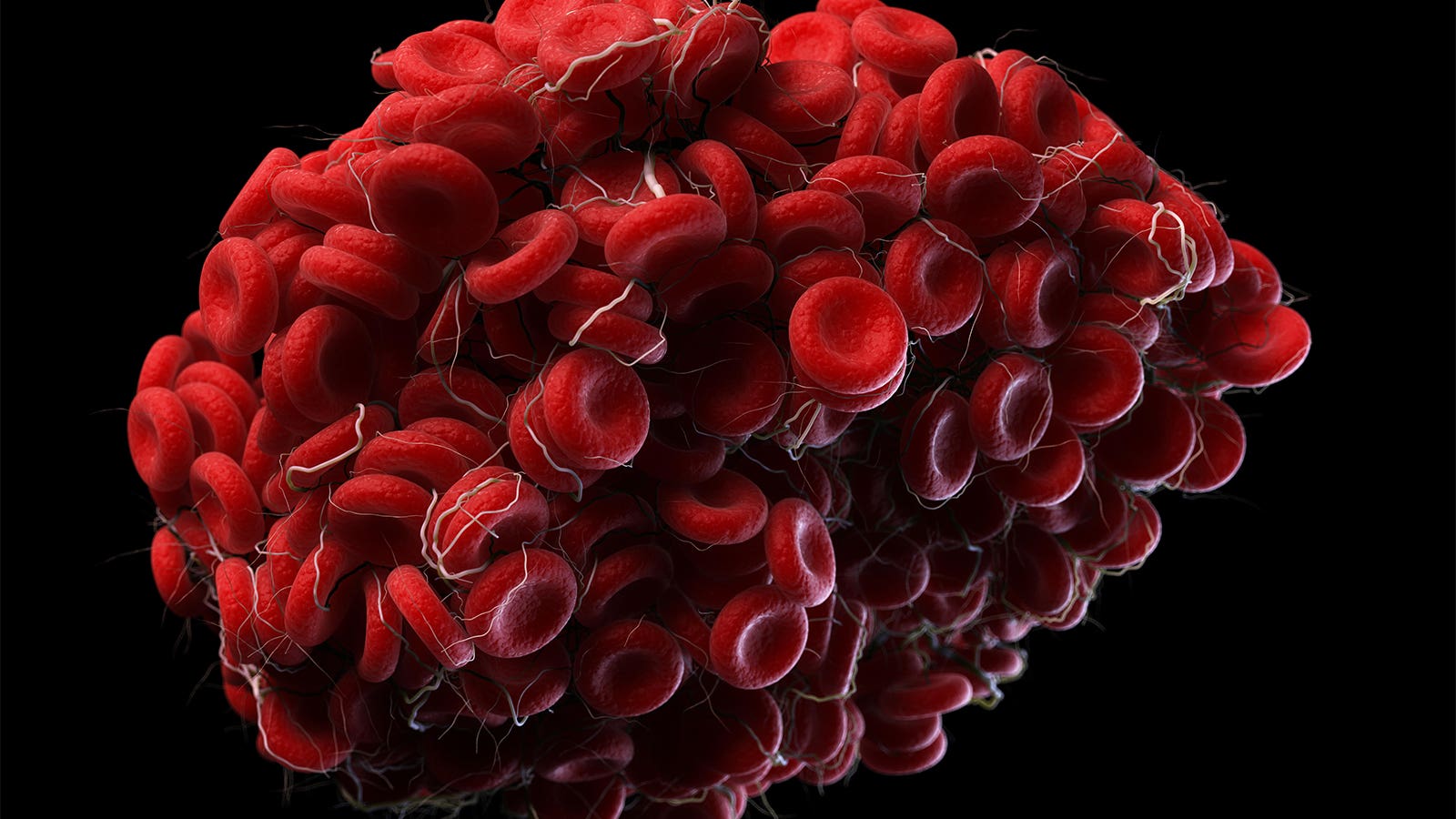— Urgent anticoagulation with argatroban shows no bleeding downside in EASE trial
by
Nicole Lou, Senior Staff Writer, MedPage Today
January 9, 2024
Argatroban could revive the practice of acute anticoagulation for reducing disability after stroke, based on the EASE trial from China.
In patients with acute ischemic stroke and early neurological deterioration, urgent application of the direct thrombin inhibitor increased a person’s likelihood of a good functional outcome (modified Rankin Scale score 0-3) at 90 days compared with usual care (80.5% vs 73.3%; RR 1.10, 95% CI 1.01-1.20).
This would appear to counter the evidence accumulated over the years showing that parenteral anticoagulation, typically IV heparin, has not been as beneficial in acute progressing stroke as believed decades ago.
Importantly, argatroban’s efficacy did not come at the cost of excess bleeding, with rates of symptomatic intracranial hemorrhage (SICH) comparable between groups (0.9% vs 0.7%, P=0.78), reported Min Lou, MD, PhD, of the Second Affiliated Hospital, Zhejiang University School of Medicine in Hangzhou, and colleagues in JAMA Neurology.
“No harmful profile of argatroban was observed even in patients who received intravenous alteplase, suggesting the possible safety of anticoagulants,” the EASE investigators wrote.
The trial selected progressing stroke patients who had an increase of 2 or more points on the NIH Stroke Scale within 48 hours from symptom onset. Participants were randomized 1:1 within 48 hours to standard therapy with or without argatroban. The argatroban group received IV argatroban at a continuous infusion of 60 mg per day for 2 days, followed by 20 mg per day for 5 days, whereas controls received standard therapy such as antiplatelets.
The relatively low dose of argatroban in EASE “may explain the low rates of bleeding observed,” suggested Brett Cucchiara, MD, of the University of Pennsylvania in Philadelphia, and Jennifer Majersik, MD, of University of Utah in Salt Lake City, in an accompanying editorial.
The pair cited the higher dose of argatroban tested in the ARAIS trial, in which the agent failed to better neurologic function over alteplase alone and was associated with excess SICH to boot.
“Many questions remain” and “these new data will undoubtedly fan the flames of the age-old controversy over if and when patients with acute stroke should be treated with parenteral anticoagulation,” according to Cucchiara and Majersik.
“Combining antiplatelet therapy with low-dose anticoagulation has demonstrated efficacy for reducing vascular events, particularly stroke, in patients with chronic atherosclerotic disease. Given the EASE trial results, should this same strategy be tested more extensively in acute stroke?” they posed. “If low-dose acute anticoagulation combined with antiplatelet therapy is effective in patients with early deterioration, would it be even more effective if targeted at patients at high risk of deterioration before they worsen?”
Lou and colleagues also noted that the ideal timing of anticoagulation therapy after early neurological deterioration remains to be determined in future studies. Results also need to be confirmed in non-Chinese populations.
EASE was an open-label trial conducted in 28 Chinese sites. The 628 stroke patients averaged age 65 and 63.7% were men.
Study authors acknowledged that 98% of the argatroban group underwent the complete procedure of argatroban at a median 24 hours from symptom onset to randomization, whereas among controls, 89.8% were treated appropriately according to study protocol.
Nevertheless, per-protocol results were similar to those from the full analysis, Lou’s group maintained.
The authors reported that while the control group was more likely to get dual antiplatelet therapy, this did not change the primary outcome. “Even with more application of dual antiplatelet therapy, the control group had less good functional outcome than the argatroban group, which may indicate the potential effect of argatroban.”
“However, our study was neither powered nor specifically targeted at this treatment effect, and the results should therefore be interpreted with great caution,” they stated.
-
![author['full_name']](https://clf1.medpagetoday.com/media/images/author/nicoleLou_188.jpg)
Nicole Lou is a reporter for MedPage Today, where she covers cardiology news and other developments in medicine. Follow
Disclosures
The trial was funded by grants from the National Natural Science Foundation of China.
Lou and Cucchiara had no disclosures.
Majersik reported grants from the NIH as well as personal fees from the American Heart Association, Woolsey Pharmaceuticals, and UpToDate.
Primary Source
JAMA Neurology
Source Reference: Zhang X, et al “Argatroban in patients with acute ischemic stroke with early neurological deterioration: A randomized clinical trial” JAMA Neurol 2024; DOI: 10.1001/jamaneurol.2023.5093.
Secondary Source
JAMA Neurology
Source Reference: Cucchiara B, Majersik JJ “The case of anticoagulation for progressing stroke: Have we come full circle?” JAMA Neurol 2024; DOI: 10.1001/jamaneurol.2023.5086.

Leave a Reply